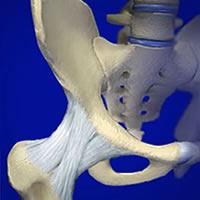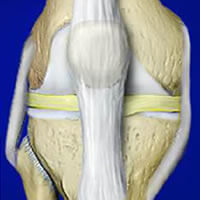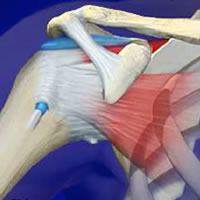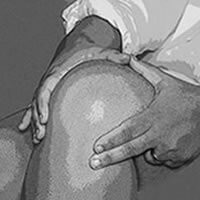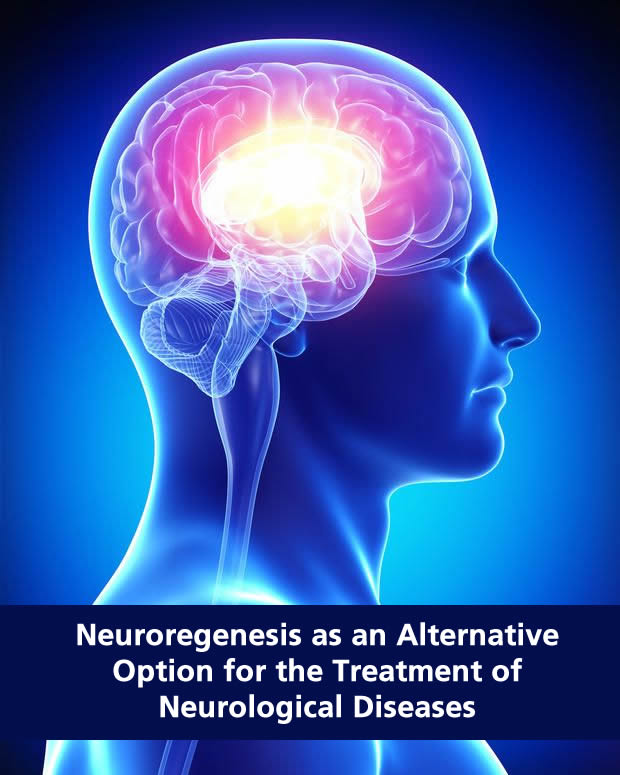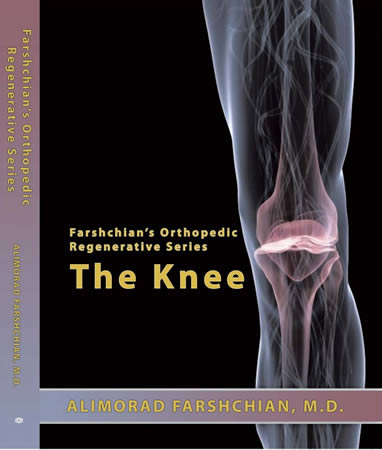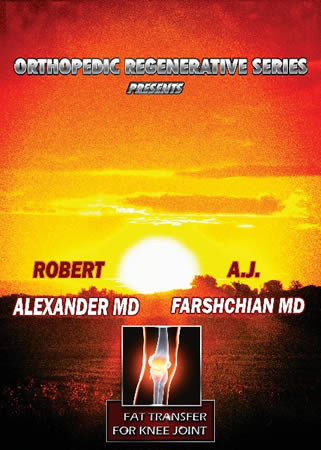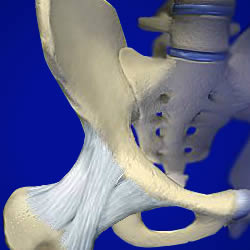Shoulder pain
- Home
- Case Studies
- Shoulder pain
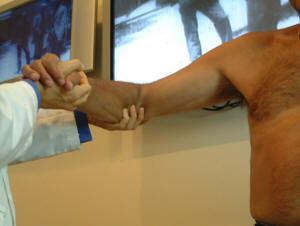
Shoulder pain
Patient is an affable 47 year old male from Michigan. Patient reports to clinic with a history of exostosis in the right glenohumeral joint now hoping to prevent shoulder replacement till later in his life time, looking for alternative treatment . Patient complains of pain in the right shoulder during activities requiring over-head motions. Patient also reports substantial difficulty performing and maintaining over-head positions. Patient denies pain at rest. His past medical history is negative for diabetes or high blood pressure. He had a shoulder repair in 1983.And his problems started with an injury during a Football game. He takes otc medicine for his discomfort. There is no history of arthritis in the family.
Evaluation results: 1) Positive to Neutral Rise Test (moderate to substantial) 2) Positive Acromial Clavicular Arthrosis (minimal) 3) Decrease Abduction (80 degrees) with Associated loss of Scapulohumeral Rhythm 4) Positive to Adhesive Capsulitis (moderate) 5) Negative to Atrophy noted Rotator Cuff muscles
Discussion: The shoulder joint allows three dimensional range of motion. The joint is a naturally and intrinsically unstable segment. This instability is quintessential for a joint with such a vast capacity for range of motion. Without this wide spectrum of motion provided by the shoulder joint we would not be able to interact with our environment as easily as we do. Unfortunately the wide degree of freedom allowed by the shoulder comes at a cost. This cost is in the form of vulnerability to injury from over-head activities and from direct and indirect trauma. The injury affects the delicate balance between the hard and the soft tissues of the joint. Once the balance is perturbed stress is created damaging the soft-tissue and hard-tissue uniquely. The key to diagnosing a shoulder condition is to establish and define the extent and nature of injury. Each injured tissue has a characteristic movement pattern. If the shoulder condition is primarily of an arthritic nature (i.e. hard-tissue) it will move in a specific pattern when exposed to the correct test. Like wise if the condition is primarily a soft-tissue insult it too will demonstrate a characteristic movement pattern when tested. For example: in our center (CRM) we developed the Neutral Rise Test. In the majority of patients who present with a positive Neutral Rise Test, the source of pain will be an arthritic condition. The paramount importance of establishing the primary source of pain is obvious. The sooner the correct mal-alignment is discovered and treated, the less suffering the patient will have to endure. Posted by Roman Garcia R.P.T. staff Physical therapist at the Center for Regenerative Medicine
Case Study Date: 3/29/2011







